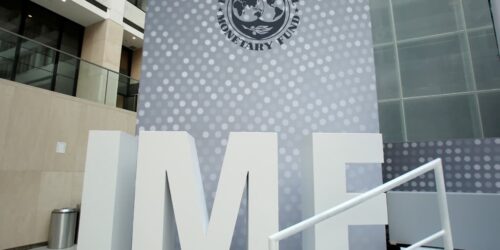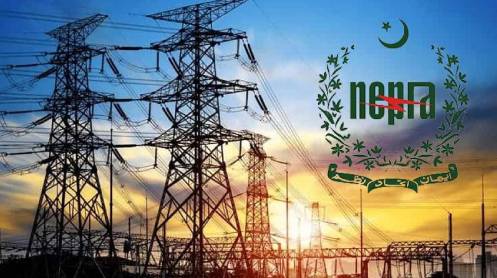Providing regionally competitive energy by providing subsidy to the exporting sectors was always a challenge; it has now become an even more daunting task. Energy prices are high which would mean a higher requirement of subsidy. As per an agreement with the International Monetary Fund (IMF), however, there is no room for supplementary grants.
The textile industry is demanding a commitment of electricity at 9 cent per unit and gas at $9 per mmbtu for the whole fiscal year. ECC (Economic Coordination Committee) of the Cabinet wanted to stick to what was offered in the budget. The Prime Minister is pushing for providing a firm commitment to the industry so that export growth is not disturbed. But the Finance Ministry’s hands are tied. They have to make adjustments in expenditure or to identify additional revenue measures (mainly in taxes) to fund the subsidy to be rolled out.
It’s a tough call. But the approach to a solution to the problem is right. In the past, the incidence of supplementary grants was high enough so as to disturb the fiscal balance. The IMF wants discipline and such issues are surfacing. First, on the popular demand of Pakistan Muslim League-Nawaz (PML-N) leader Maryam Nawaz, Finance Minister Miftah Ismail had to withdraw ‘fixed tax’ to mollify angry traders. The estimated gap of Rs30-40 billion is planned to be met by increasing FED (federal excise duty) on cigarettes.
Now, the gap of providing electricity at 9 cents per unit to exporters is likely to cost the government Rs80 billion. Where will this come from? The IMF’s board meeting for 7th to 8th reviews is likely to take place on August 24. This requires the government to fine-tune or reshape the annual budget strictly in accordance with the IMF stipulations/conditionalities by or ahead of August 24. These potential changes in taxation and their respective replacements will surely be subject to IMF’s assent or acquiescence.
Time is critical. The government has to make up its mind on the exporting sector’s demand as the government is already on the back foot after succumbing to traders’ pressure, but, be that as it may, exporting sector’s demands carry considerable weight. They desire regionally competitive energy rates to remain competitive in the international markets. The question is what rates should the region have? Pakistan’s main competitor is Bangladesh, which, too, is facing the pressure of exporters who demand the government provide electricity on prevailing rates.
Bangladesh has just massively revised electricity rates of domestic consumers upward. The country is seeking the IMF support in difficult days. It is therefore not wise to commit subsidy for the whole year in Pakistan in view of the fluid situation in Bangladesh. In Pakistan, the industry is demanding subsidies on both gas and electricity. The government’s argument that subsidy on either can be considered and not on both where captive power projects are involved appears to be quite plausible. This issue between the government and the industry has remained unresolved for years and it is about time the stakeholders settled it once and for all.
Traditionally, the government was of the view that industry should get subsidy on electricity while gas may be diverted to power and other sectors. However, the industry claims that in co-generation facilities only gas can be used to produce steam and it is highly efficient. Another issue is the reliability of grid electricity provisioning. The latter is being dealt with, albeit partially, while the rest can be addressed in due course.
Gas should only be available for cogeneration facilities and not to the remaining captive power plants. As these are inefficient there is massive waste of precious energy source and government subsidy. The situation, therefore, always underscores the need for an audit. And the industry successfully sees to it that such audit never takes place. With limited fiscal space and IMF-imposed discipline, the government would have to put its foot down, providing either gas or electricity subsidy in a fair and judicious manner.





